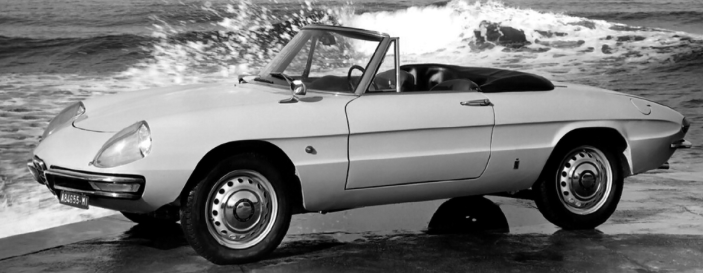As for Korean-made cars, very few were manufactured when I was there, and those were Datsun Bluebirds assembled by a firm later named Daewoo, now defunct. That company was associated with General Motors and, as best I remember, some models were sold as Pontiacs in the USA -- I recall renting a disappointing one once, years ago.
Another Korean car I rented was the Kia Rio (first-generation, 1999-2005). I had just bought a 2005 Chrysler 300, and the dealer needed to do some make-ready work, so they rented me a used Kia Rio for a couple of days.
Styling was satisfactory for a car with a 94.9-inch (2410 mm) wheelbase. Its designer was the Italian I.DE.A Instutute (references here and here).
The problem was that Kia Rios of that generation were mechanically quite basic, almost primitive -- not nearly up to the standard of many contemporary Japanese and European cars of the same size class. Truth is, I hated driving the thing. I thought that for the same price, a good used car would have been better to live with.
The images below are of a for-sale car and otherwise perhaps factory-sponsored photos.




































